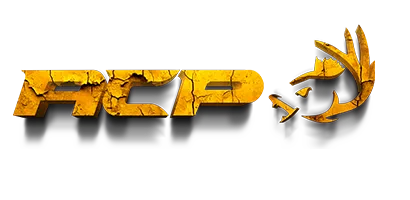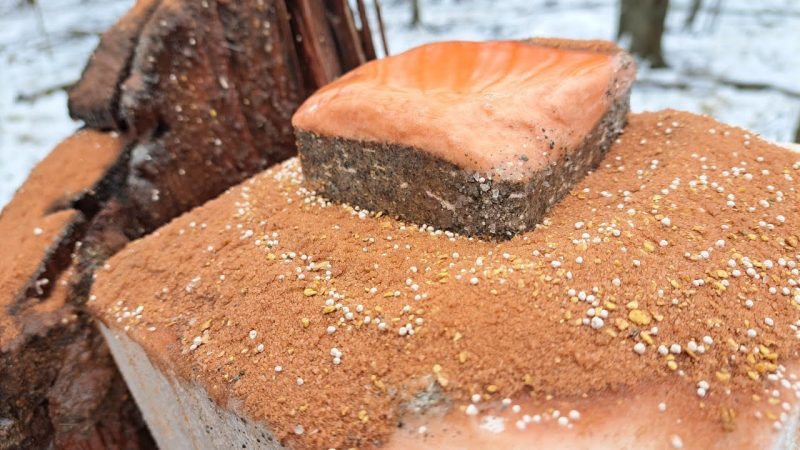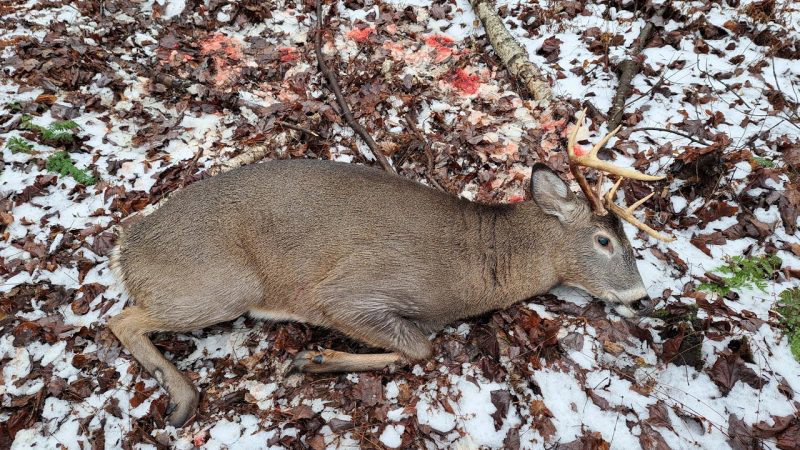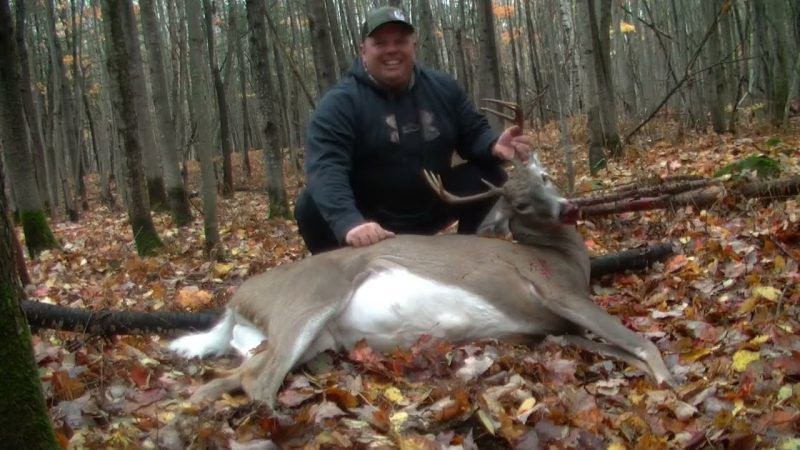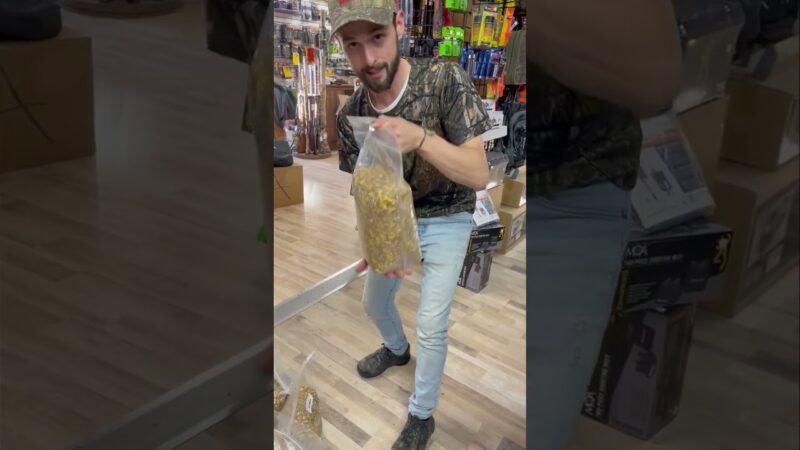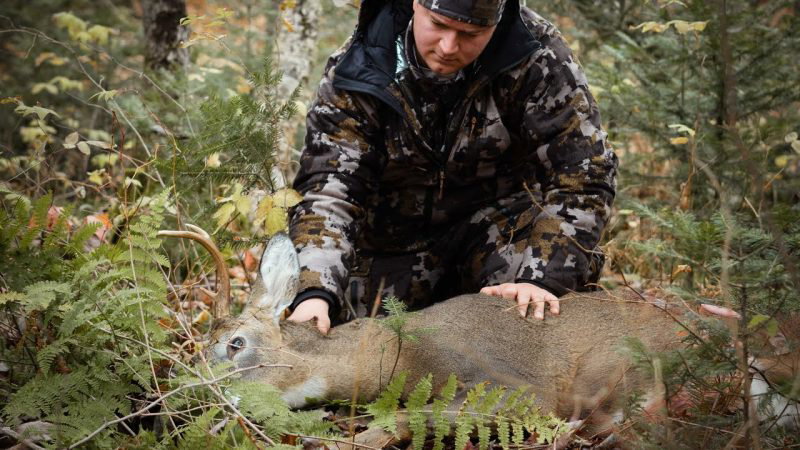Reviews
User Score
Rate This
Descriptions:
How to gut a deer
How to gut a deer | Adventure Hunting Moose Fishing Roe Deer Outfitting and the outdoorsWe present a fine demonstration of how to gut a white-tailed deer, in this case a female.
Taking care of minor injuries during a hunting expedition
Minor cuts and other injuries can be an undesirable part of a shipment of huntingWhile we must do our best to avoid them, there is certainly a real risk of cuts and other injuries when we hunt. knives branches, thorns, bones and all sorts of dangerous things. The first thing to do is to take a first-aid kit with you when you pack your gear. There’s no way to properly deal with an injury if we lack basic medical equipment, so in addition to our weapon and ammunition, a first aid kit should be among our top priorities.There are many first aid kids available on the market. From the simplest to those equipped with basic surgical instruments. If you hunt on private land, near a road or with a qualified medical guide, a basic kit may be all you need. On the other hand, if you are planning to hunt in a zone with a small group of hunters, more complex equipment is required. know not how to use it, so let’s look at some basic principles you need to keep in mind when treating wounds during a hunting expedition.
1. First aid training
It’s important to know what to do and how to do it in the event of an injury, and nothing beats certified first aid training where you’ll learn the basics of medical procedures that can be practiced on a hunting trip or raid.Hunter However, even if many people take courses in first But if you haven’t had any training in the past, it’s important to keep your mind clear and try to remember all your training as accurately as possible. training or if you’ve forgotten most of these lessons, read on to review some basic principles.
2. Don’t panic! How to gut
Most people panic when faced with an injury, especially when there is too of blood, but in reality, blood never implies a bad wound, so keep calm, wash away the blood and assess the wound carefully.If it is impossible to see because of the blood flow, apply some pressure to the wound or use a tourniquet to facilitate assessment. minutes for the blood to coagulate and allow correct assessment. Once the clot has formed, don’t remove it, or you’ll be starting from scratch.3. Once you’ve assessed the injury, it’s time to treat it. It may be a tiny cut or a deep wound requiring medical attention, but whatever the situation, there are certain procedures you can perform to improve progress and put the injured person at ease.
Wash the wound How to eviscerate
This is essential to avoid infection. Wash the wound thoroughly with fresh water, removing sand, debris and dirt. The mechanical effect of freshwater irrigation is the best way to clean the wound and avoid infection.antiseptic solutions are useful, but before using them, it’s essential to wash the wound properly. Once you ‘ ve washed away all the blood, dirt and debris, it’s time to apply an antiseptic solution. Iodine solutions are a good choice, but you need to make sure the person is not allergic to them.
Pain management How to eviscerate
No matter how big or small, a cut or wound is always painful, so make sure you manage the pain properly.In In a medical environment, anesthesia is the standard of care, but when we’re in the bush, it’s not an option, however, some strategies can help.A pack Cold is able to reduce local inflammation and pain, plus it helps control bleeding, so use a cold pack on the injured area for 10-15 minutes. If you have over-the-counter painkillers in your first-aid kit, this is also a good choice.
Dressing the wound correctly How to eviscerate
Whether it’s a small wound that allows you to continue hunting The wound must be dressed to avoid contamination. techniquesThe simplest is to cover the wound with some kind of antiseptic gel, cover it with a gauze sponge and secure it with bandages. Don’t exert too much pressure; the aim is just to hold everything in place until it heals or until you seek professional advice.4. Keep the dressing cleanOnce the wound has been properly dressed, keep it clean and dry. For minor cuts, daily cleaningSOURCE: ghilliesuitshop / https://www.ghilliesuitshop.com/blogs/ghillie-suit-shop-blog/taking-care-of-minor-injuries-during-a-hunting-expedition
